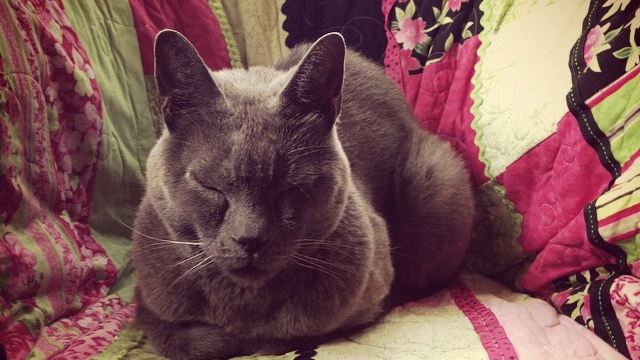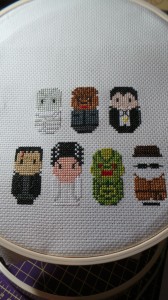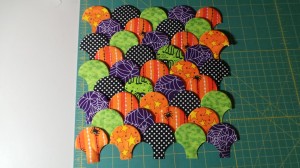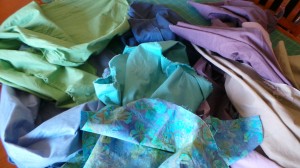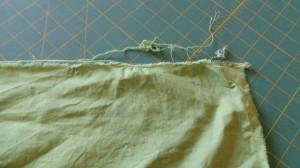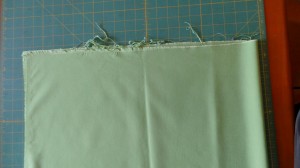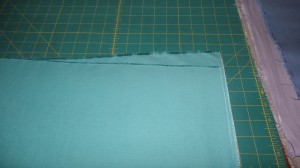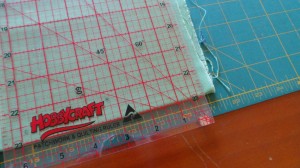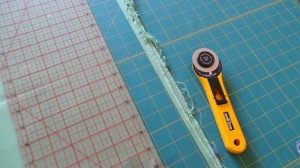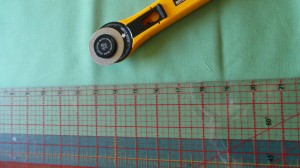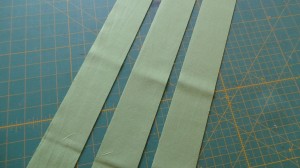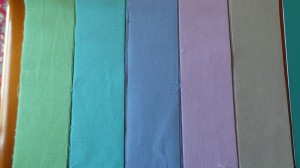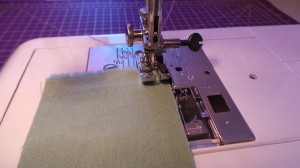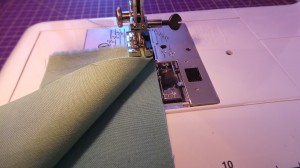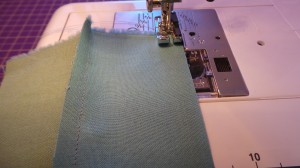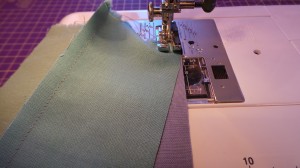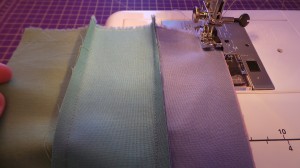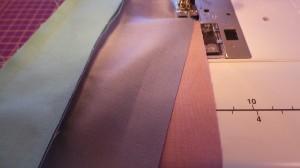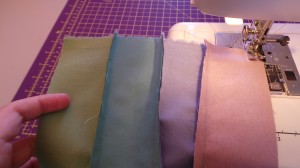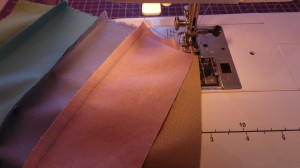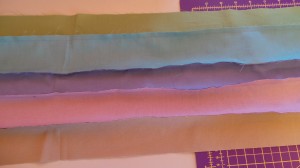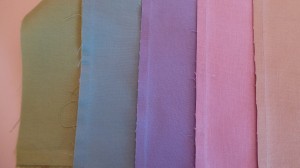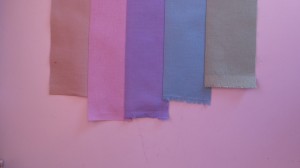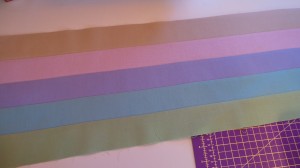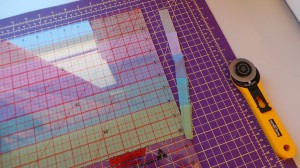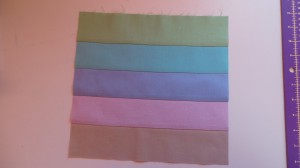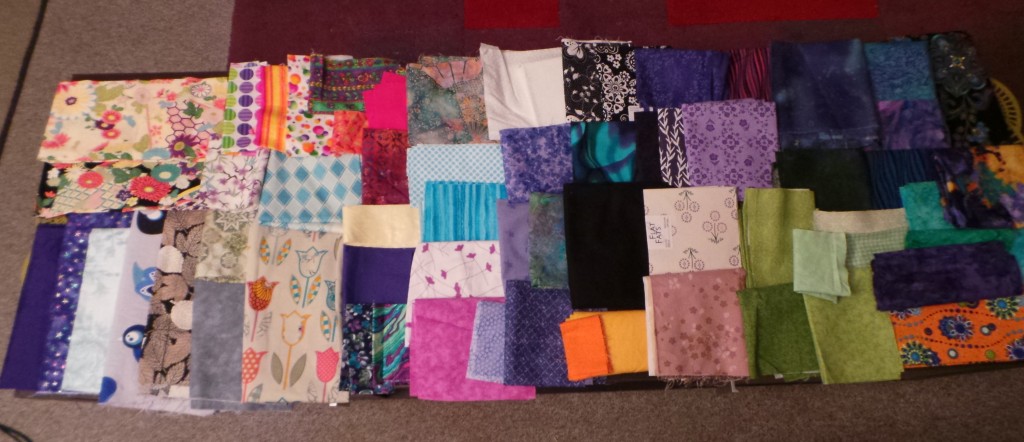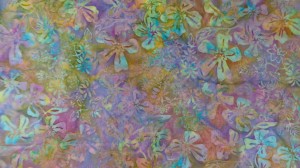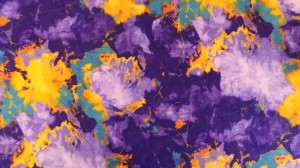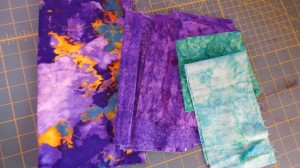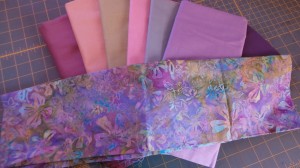*waves*
So I’ve been a little lost over in the world of Instagram since before Christmas, I haven’t been blogging, I kind of hid from the world over New Year and then I hit the big 3-0 and I’m way behind where I should be. Schedule schmedule.
So MerryChristmasHappyNewYearHappyAustraliaDay etc….
Frankenstein’s Fabrics HQ has been a tad adrift since early December when I lost my sew-jo. I wasn’t feeling up to anything much, and I was pretty much giving myself permission to wallow in some self pity. I was exhausted and not feeling much of anything emotionally. Partly because that time of year is my kryptonite and gets me down anyway but the ramped up social expectation drives me crazy and I just want to hibernate with my laptop, sewing machine and my wi-fi.
BUT
Now that craziness is past and the rest of the world has chuffed the kids back to school, normal viewing can commence.
So to get things back on track and the new year bringing new things and exciting adventures in the world of me (not being narcissistic just really into my plans for this year) here’s a quick round-up of the important things you’ll need to know for this first quarter of the year.
1. I started a Facebook group, which will have one free quilting patten released each month for the whole year. This is in order to get people motivated and inspired. The group is 40+ strong at the moment and we’d love for you to join us. We are also using the group to help each other whittle down that sneaky tub of UFOs, ask questions, get help with troublesome projects/techniques and anything in between.
2. Mum is stitching away nicely at her quilt (which was meant for winter last year but life got in the way). It’s about to have the last border popped on and then it will be ready for quilting. There will be proper detailed blog posts about this as she proceeds and you’ll be able to get the instructions if you would like to make this quilt as well.
3. I am loving Instagram! It is so much more rewarding and friendly than Facebook, I think because it’s more instantaneous and visual which is a must for all of us creative types. Please feel free to follow me if you have an account. The most amazing thing about it is the swaps that I have signed up for – hoops, bags and mini quilts everywhere! I’m met lovely people who are like-minded as well as starting my own mini quilt swap. I dived right in and #kittenmqs2015 was the result – inspired by Vladimir.
4. Charity quilting – Quilting for charity is a unique and humbling experience. At the moment I have 8 quilts pending for BlanketLovez, I’m also quilting two very special quilts for the families of the Lindt Cafe victims. This has been organised by Molli Sparkles and the team of Glitterati who have donated hashtag blocks from all around the world.
5. In an effort to get things back on track for my poor body and my health, mum and I took up Tai Chi last year and have managed to stick with it into 2015. If you are on the central coast and would like to come to classes head to Central Coast Yang Tai Chi for more info. Steve is an excellent teacher.
6. Lastly, things haven’t quite panned out the way I wanted them too with classes in the new year. I was waiting on some information to come my way but it wasn’t to be and now the schedule is up in the air again. I will be sending out a newsletter with class info mid-February so if you would like to know what’s happening sign up here.
Anyways, I think that catches everything up for now.
I’m off to bed and will be back later with more happenings at FF HQ.
Happy quilting!
Marni x
